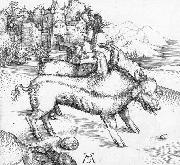huile sur la toile, vraie saveur de vieux maîtres.

|
|
|||
| b.May 21, 1471, Imperial Free City of N??rnberg [Germany] d.April 6, 1528, N??rnberg | |||
|
|
|||

| |||
|
|
|||
|
|
|||

| |||
|
|
|||
|
|
|||

| |||
|
|
|||
|
|
|||

| |||
|
|
|||
|
|
|||

| |||
|
|
|||
|
|
|||
| Artiste précédent Artiste prochain | |||










